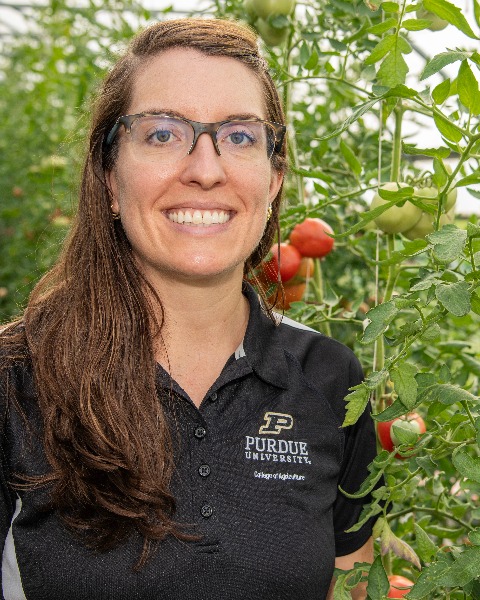Member Symposium
Current Advances in Acarology
Spatial distribution of twospotted spider mites in cucumber high tunnels
Sunday, November 10, 2024
9:26 AM - 9:38 AM MST
Location: Phoenix Convention Center, 226 C, PCC

Leslie A. Aviles Lopez
Graduate Student
Purdue University
West Lafayette, Indiana
Laura L. Ingwell (she/her/hers)
Assistant Professor
Purdue University
West Lafayette, Indiana
Presenting Author(s)
Co-Author(s)
High tunnels (HT) are a protected agriculture tool used among specialty crop farmers. Cucumbers are well suited for HT production because of their vertical growth pattern allowing for space optimization and repeated flowering, providing multiple harvest opportunities. Twospotted spider mites (Tetranychus urticae Koch; TSSM) are the primary pests of cucumbers in HT systems, limiting production. TSSM exhibits various modes of dispersal, including intrapatch movement within the same plant, interpatch movement between intertwined plants, or random movement. In all of them, TSSM tends to migrate towards the upper part of plants, which corresponds well with the vertical growth of cucumbers. However, the unique conditions within HTs can impact TSSM climbing behavior. The extreme temperatures in HT environments may restrict the vertical dispersal of TSSM. We will present the results from an observational experiment consisting of twelve replicates, each replicate representing a row with 30 cucumber plants grown on a net trellis spanning the height of the high tunnel. The process involves marking leaves containing TSSM with colored flagging tape to designate initial infestation points. The following week, scouting extends 30 cm to top, left, right, and bottom from marked leaves, with new infestations flagged with different colored tape. This process was repeated weekly until TSSM saturated the crop. The data obtained will be used to describe spatial distribution of TSSM within HT, visualizing areas with higher TSSM abundance. Our results will guide scouting efforts to improve TSSM detection and incorporate it as part of integrated pest management program for HT production.

.png)
